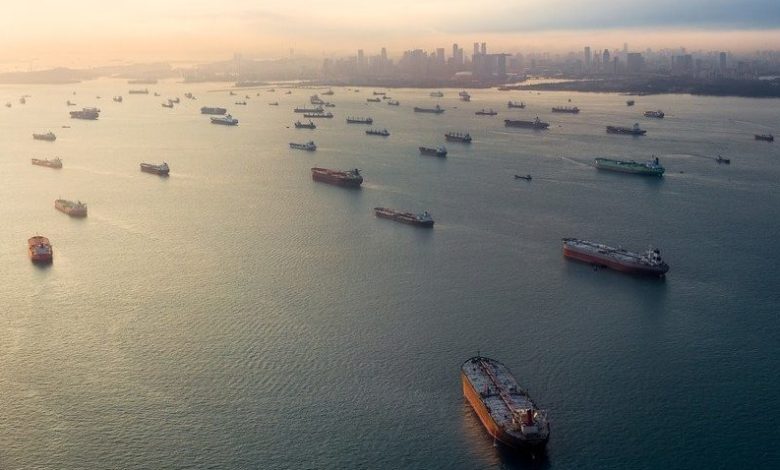Shipping: The business of an industry

In the first of a two-part special for Splash, Paul Slater looks at how shipping has changed in the 21st century.
The shipping industry is a collection of thousands of businesses operating around the world carrying a huge variety of cargoes across the oceans and in the seas and rivers that separate the land masses where populations live.
Raw materials and commodities of all types are shipped efficiently from the source countries to consumers that manufacture finished goods, which in turn are shipped to other consumers.
Energy products such as oil and gas and the chemicals they produce are shipped to consumers who cannot exist without them. Food products are also moved across oceans today and many form a fundamental part of the consumers’ daily diets.
Up until the middle of the 20th century these shipping services were provided by large liner companies and certain smaller companies serving specific trades mainly in the dry cargo markets. They were mostly located in the developed countries of Europe, Asia and the USA and certain fleets were directly owned by energy suppliers.
Greece and its nationals were a rising factor following the transfer of a large number of WW2 ships from the USA and have grown today to have the largest fleets of independent owners, most of whom are private companies.
The creation of containerisation, started by Malcom Maclean, changed the whole shipping picture as the large liner companies failed to respond to this fundamental change and the decolonisation of the UK’s and other European countries changed the trading patterns of world trade.
These factors, combined with the acceptance of flags of convenience, now called open registries, opened the door to independent owners who could be located anywhere and trade anywhere, thus creating a new competitive environment. Today there are thousands of shipping companies, mostly private, operating globally except in certain cabotage trades such as the US Jones Act.
The second-half of the 20th century also saw the enormous growth of the shipbuilding industry in Asia. Japan, Korea and China today are where some 90% of all cargo ships over 1,000 dwt are built.
Crewing has also been revolutionised away from the old developed countries, and crews can now be found in the Philippines, India, China, the former Soviet countries of Eastern Europe and elsewhere, and serve with no restrictions on open registered ships.
Thus entering the 21st Century we had a huge industry serving profitably the growing interests of world trade, with very few companies trading in the public capital markets.
If there is any weakness to this revolution it is the failure of the open registries to have any form of licensing, with required evidence of operating competence, experience and financial viability, of the owners who register their ships there.
The ship’s condition is arguably monitored by classification societies that were created by the insurance industry, and have rules for ship construction and inspection of the ships’ condition. This is done on a regular basis and ships cannot trade without a valid current class certificate.
Additionally the introduction of Port State controls has added another layer of certification which is underfunded and far from comprehensive.
However, now we have entered a period of financial distress for the shipping industry, the issues of ship’s condition, quality of service and financial viability loom ever larger.
The 21st century has been a time of enormous change particularly in the demand for shipping services, the growth of the shipbuilding industry and the arrival of new investment capital from venture capitalists and the public equity markets.
These factors were all driven by the unpredicted and enormous growth of the Chinese industrial markets and their demand for shipping services, both importing and exporting cargoes.
China initially paid a huge price for shipping it’s cargoes for a period of nearly 5 years from 2004, until its stated focus of carrying a majority of its cargoes in Chinese controlled tonnage, took effect.
Unfortunately most of the new investment capital came into shipping on the false assumption that the high freight rates of the recent past would continue and ship values would rise as well.
A visit to Chinese history would show how China has valued its shipping interests for centuries past and used them to expand and develop its trade and commerce. A visit to the events of the early 1400s and later to the 18th and 19th centuries evidences some of China’s shipping history.
We now have an industry full of insolvent and bankrupt shipping companies that have a fleet, in excess of demand of more than 30% in some sectors, whose revenues do not meet operating expenses and whose ship values have greatly reduced.
The shipyards of China and Korea are in serious financial trouble and have shut down much of their capacity. This can be easily re-instated as the Chinese economy stabilises and they seek to control the freight costs of trade.
It is time for the industry to restructure itself by consolidating into large, well capitalised companies focused on developing long-term charters and contracts of affreightment with cargo interests.
Part 2 will focus on the industry’s financial problems
